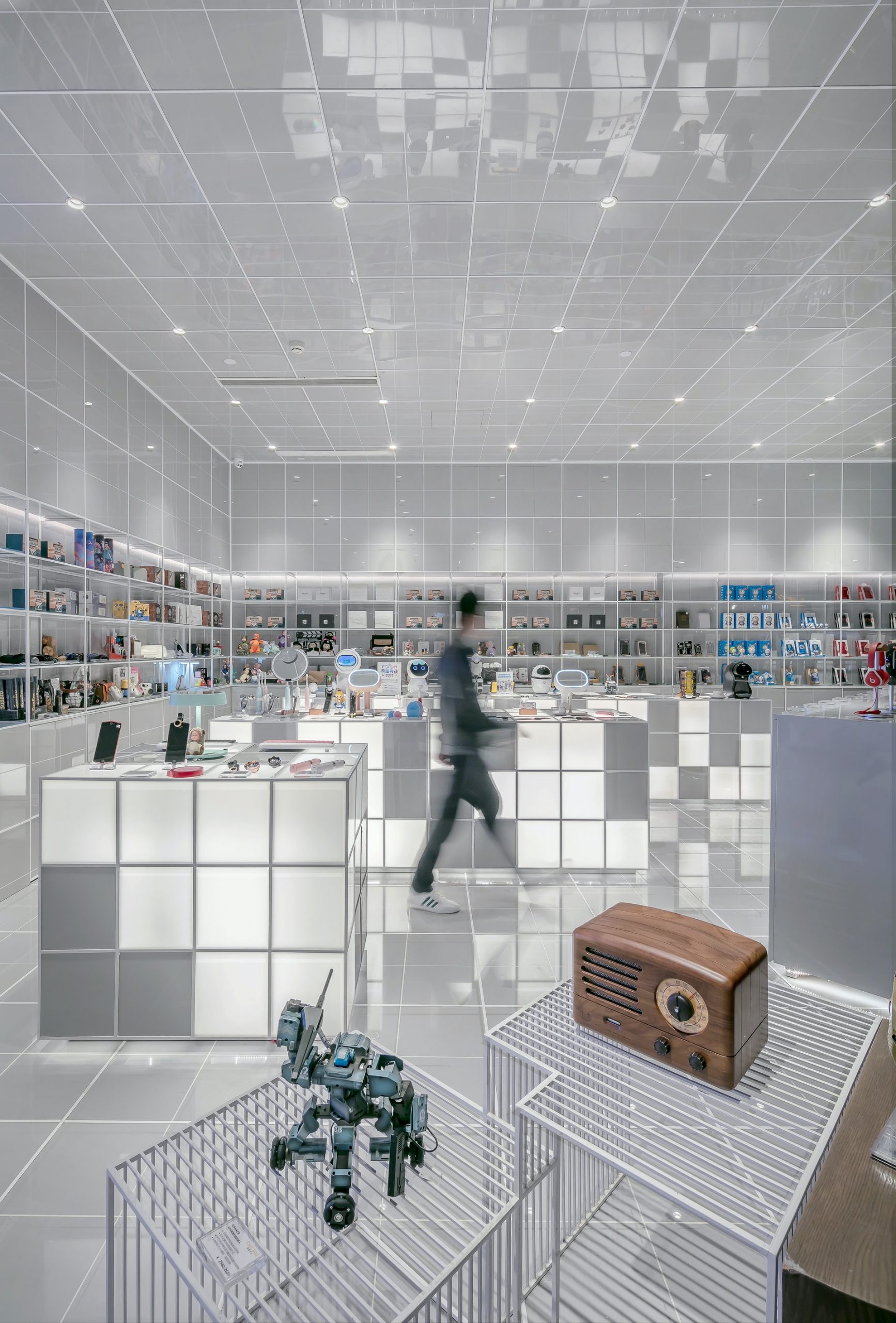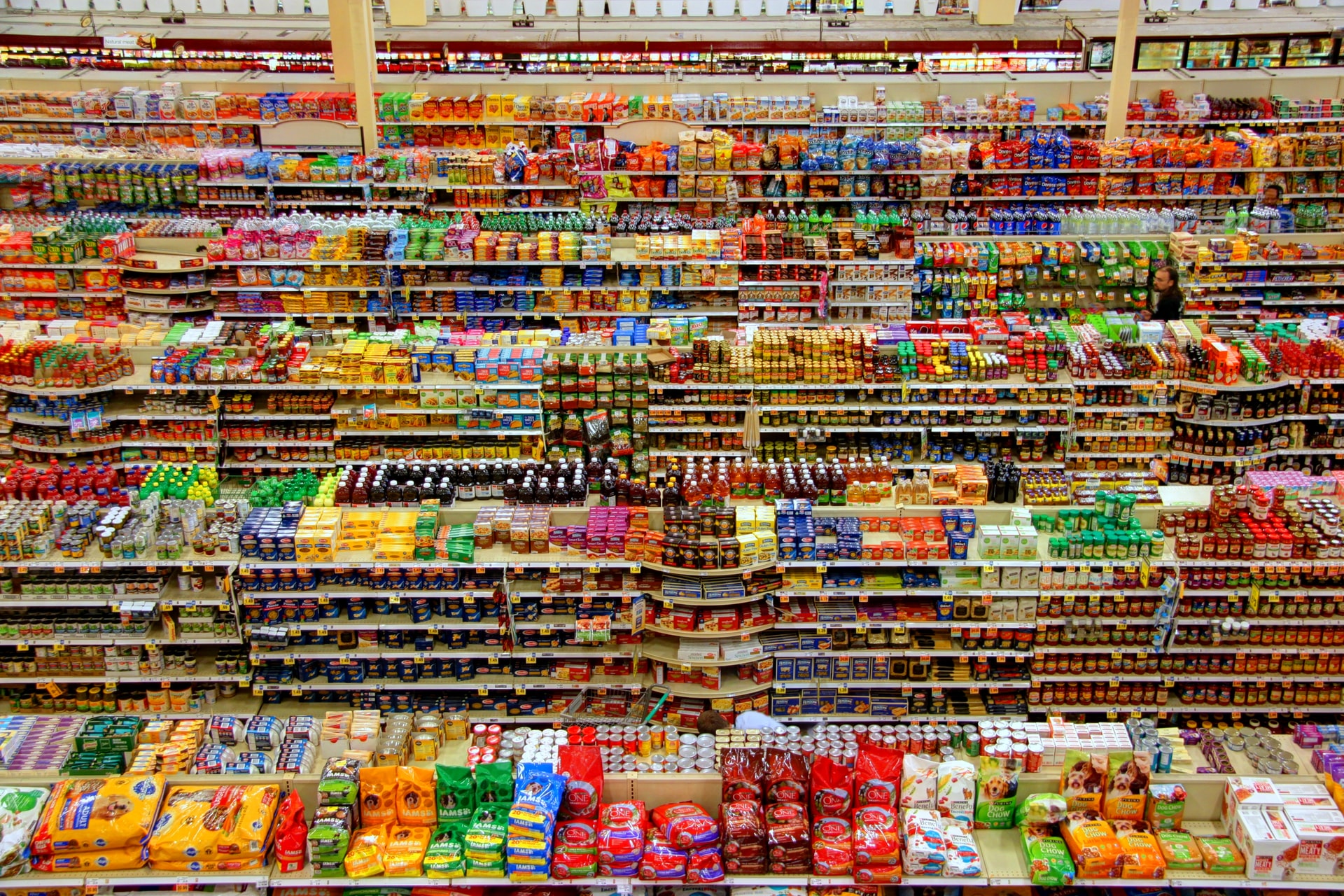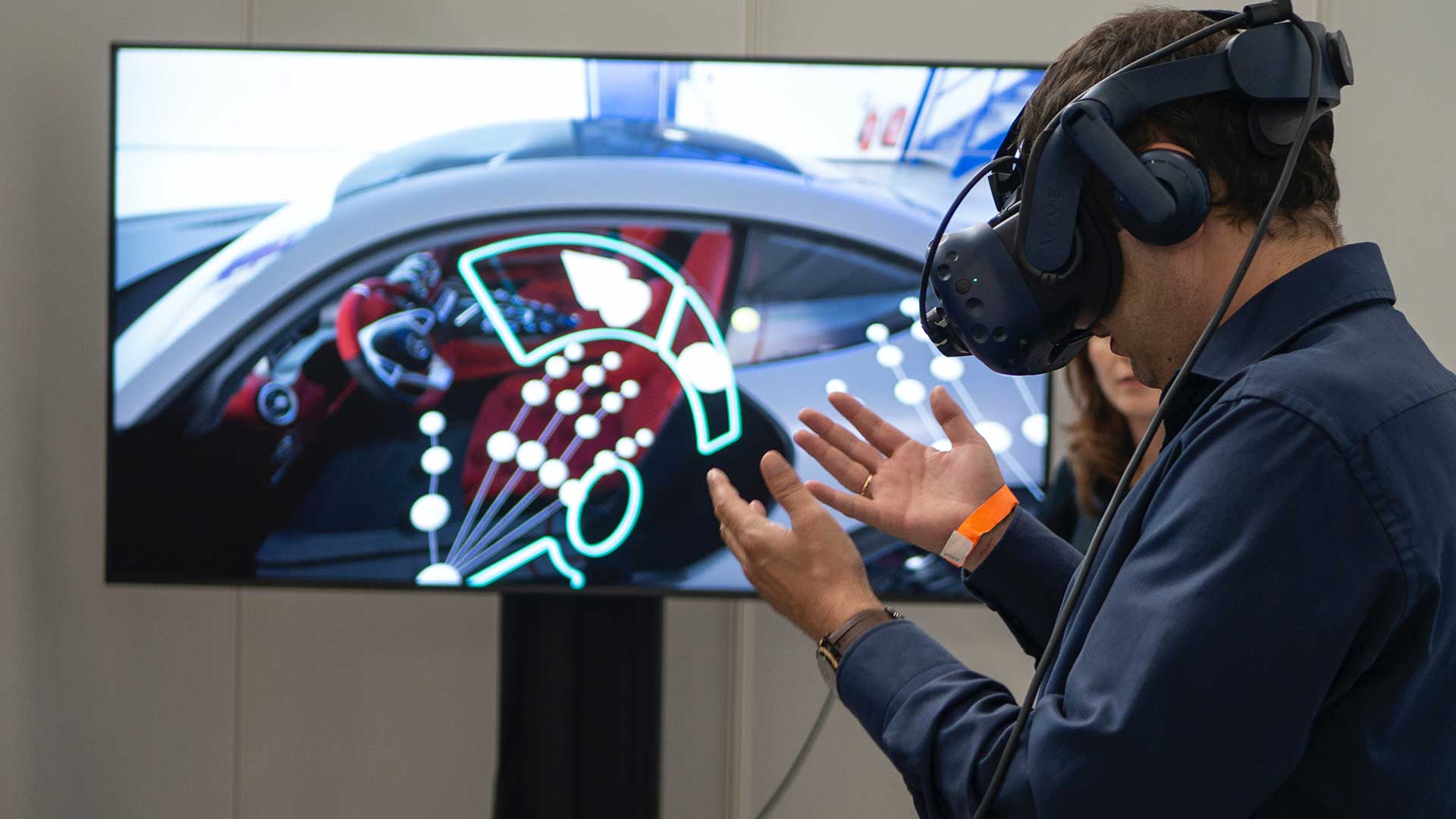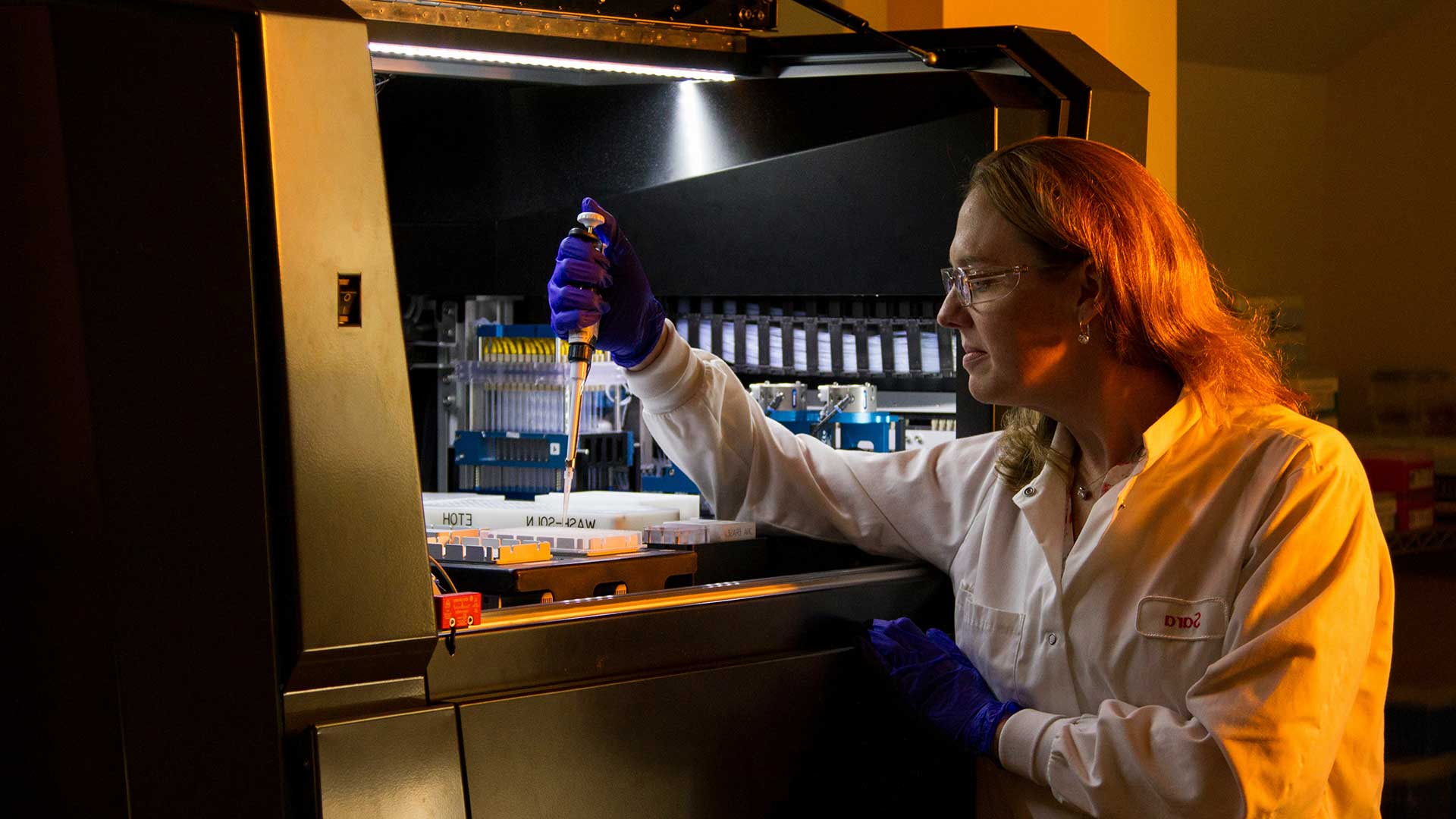SpinRetail: in Trento, the supermarket of the future is born
Deep Learning and IOT sensors are the foundation of the supermarket of the future
Offering an increasingly personalised customer experience and giving the retailer the tools to work in a smarter and more strategic fashion. These are the imperatives of SmartRetail, the IOT retail created in collaboration with the Bruno Kessler Foundation and financed by the Trento province. A supermarket of tomorrow, where the combination between Deep Learning algorithms and IOT sensors allows to track the movement of people and goods inside, enacting personalised proximity marketing strategies that are personalised on the buying habits of each client.
Highly personalized customer experience through Deep Learning and Data Science
Project name:
SpinRetail
24 month
Years:
2017-2019
Retail market
Partners:
Fondazione Bruno Kessler
Our solution
An efficient management of the retail shops demands a continuous monitoring of clients and goods. The goal is to place the goods in a strategic way (according to both the products’ quantities and their position on the supermarket’s shelves) and to set up personalised buying experiences after a careful analysis of the customer’s behaviour inside this environment. These goals are enacted by:
- IMAGE RECOGNITION: A systems of cameras equipped with a software based on Deep Learning Algorithms. The cameras, located inside the supermarket and on the shelves, can identify people and specific objects.
- IOT SENSORS: Numerous sensors are located around the store. In particular, the smart shelves are equipped with weight sensors that can detect when an object is removed from or placed on them.
- DATA SCIENCE: All the data is gathered, saved and processed through a Data Science software.
- TAILORED CUSTOMER EXPERIENCE: An application for the clients is made available. Through this app, clients receive personalised offers based on their shopping habits and proximity to certain objects.
- LOCALISATION SYSTEM: The clients localisation system allows the elaboration of statistics on the inflow of clients and the identification of which clients transit through certain aisles, in search for specific products. This is made possible by movement sensors placed on the ceiling, tags in the shopping carts and the smartphones on which to install the dedicated application. The localisation, precise to within a meter of the client, is capable of detecting hundreds of targets at the same time.
- APP FOR THE RETAILER: A user-friendly interface is made available to the retailer, which makes it possible to monitor everything about the store, such as the products, the flow of people and their behaviour.
Advantages
There are several advantages of the implementation of IoT in the retail industry. Retailers have the possibility of optimising their offers, reducing losses and gradually strengthening the customer base.
- REAL-TIME OUT-OF-STOCK AND DECREASE OF SHOPLIFTING: Combined with the sensors on the shelves, the Image Recognition system is able to identify what products are removed and put in the carts. Information on the assortment is sent to the store management, that can therefore monitor when a certain product is running out of stock. Furthermore, if a product is not put inside of the cart, because someone is trying to steal it, the system is able to recognise the shoplifter and trigger an alarm that lasts until the product is put inside the cart.
- OBSERVING CUSTOMER BEHAVIOUR: Thanks to the localisation system, it is much easier to observe flow and movement of customer inside the store, in order to know what the most crowded paths are, what the main or why certain spaces are preferred over others and for how long.
- IMPLEMENTING AD-HOC OFFERS: Thanks to information on customers and the IOT sensors, proximity marketing strategies can be enacted, like a real-time change of price for certain products for a portion of the clients. The buying experience will therefore be more engaging and personal, fostering an increased customer loyalty.
- WELL ORGANIZED BIG DATA TO ADOPT THE BEST STRATEGY: The ability to collect data through the combination of all the retail technologies put in place is extremely useful. Navigating the sea of big data is no easy feat. Having data science software that can decode this flood of information into useful and accurate data makes all the difference. Only with structured data can decisions be made and meaningful strategies put in place.




